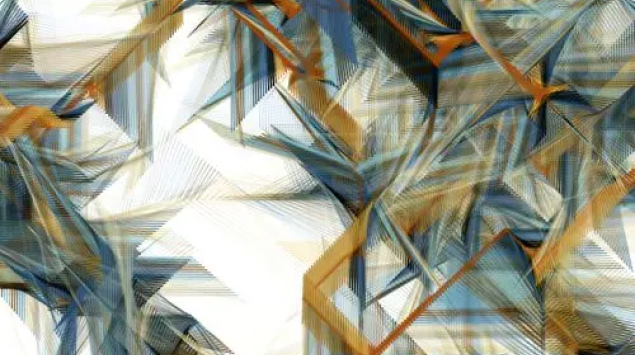Node Gardens

The sole of Sol Lewitt
Having gone through art school in the early 90's, I was aware of generative art and had been inspired by some of the early generative artist. Wikipidia defines generative arts as the following.
Generative art refers to art that in whole or in part has been created with the use of an autonomous system.
My interest in computer automation, aka. programming came later, after graduation but both had a similar attraction to me. One of the eariest and best known in this genre was Sol Lewitt who would just write a list of instructions on a piece of paper and give it to another autonomous human to execute. What you had left was the art. He beutifully separated the idea from the execution. For me, computers and code seemed custom made for generative art.
Earley experiments with code and art
Growing up as a kid who drew all the time, played guitar and other instraments, I had a strong connection with creativity through my hands. I was always in physical control of creating. Working out ideas in code that the computer whould then renders transformed how I thought about art and the role of the artist.
When I first started programming for the web, JavaScript was young and browsers were at war. Flash splash pages were a thing and I somtimes used Flash to build applications for work that I couldn't with just CSS, HTML and JavaScript. I was inspired by some of the Flash based generative work at the time and had fun animating stuff and building small games but Flash was closed sourced that went against my hacker mentality also it felt more like a work tool than the generative tool I imagined.
So in 2001, When Ben Fry and Casey Rae started Processing that was opensource and had a quick code/feedback loop similar to JavaScript, it drew me in. Not only was it technically better, it was the project's creative spirit and the efforts of those involved that spoke to me and I would spend many hours beta testing and just playing with the software. As stated on there site:
Processing is an environment for programming images, movement, and interaction. It is a sketchbook for developing ideas, a tool for creating prototypes, and a context for learning the fundamentals of computer programming.
Node farming
One day I came across an article called Node Garden by the artist Jared Tarbell where he describes a system of interconnected yet independent nodes that can communicate to nearby nodes in a sort of substrate. His work and the way he talked about nodes and they're shared neural network was a big inspiration in my own experiments with generative art. I shared the article with a friend and together we came up with a variation of the Node Garden idea that focused more on the inter-node connections rather than the substrate paths that let randomness play a bigger part in the results. We came up with some name like "Autonomous Node Economy" or something much more boring that Node Garden and even gave a talk on the subject at the "JavaOne" conference back in 2008 called "Creativity in Code".
Over time I would keep adding features and working through different ideas rendering the output at 500x500 to keep rendering times down. The plan was to someday re-render some of better experiments into larger print formats to try and put on a art show. I wound up creating hundreds of renderings, saving ones that I wanted to rework into print size but eventually I lost the computer and source code base of these experiments. I still enjoy looking at them from time to time as it reminds me of the late nights I would stay up exploring code and art. Now I just think of this period as my node farming years.
















The sketches above are some my earliest experiments with generative art. Back then my main objective was playful exploration with code and art. Of the visual sketches I was looking for a good mix of control vs. chaos in the output. Things that where beutifull and simple and very much counter the way I had approached art and creativeity in the past.